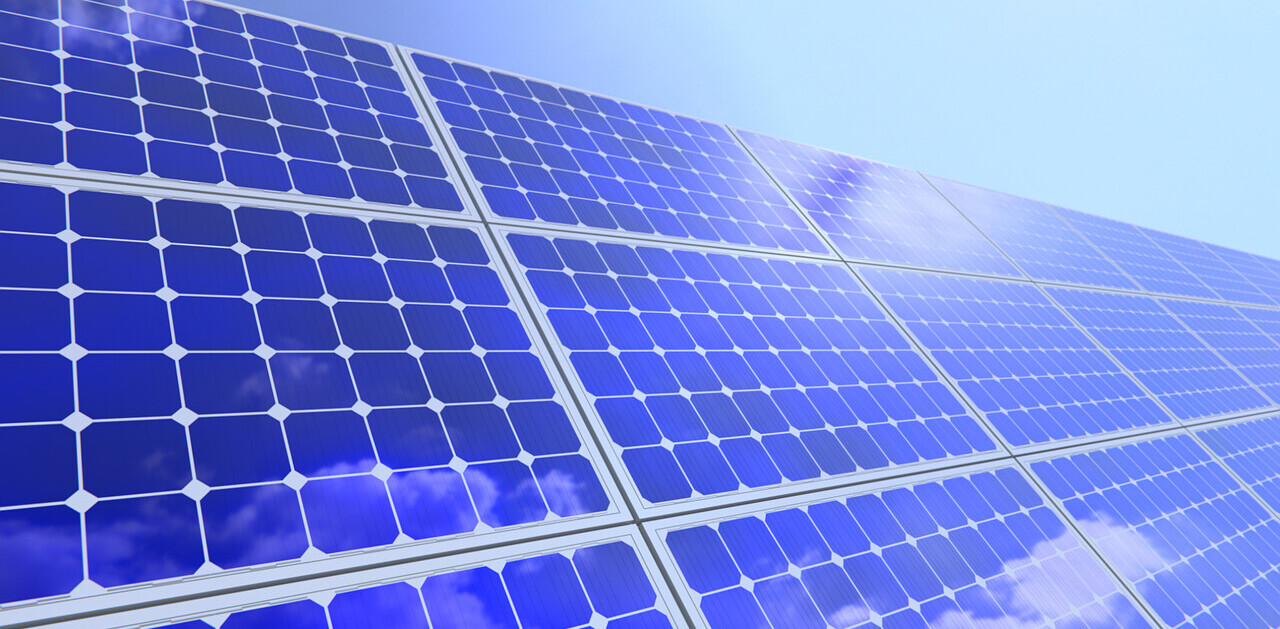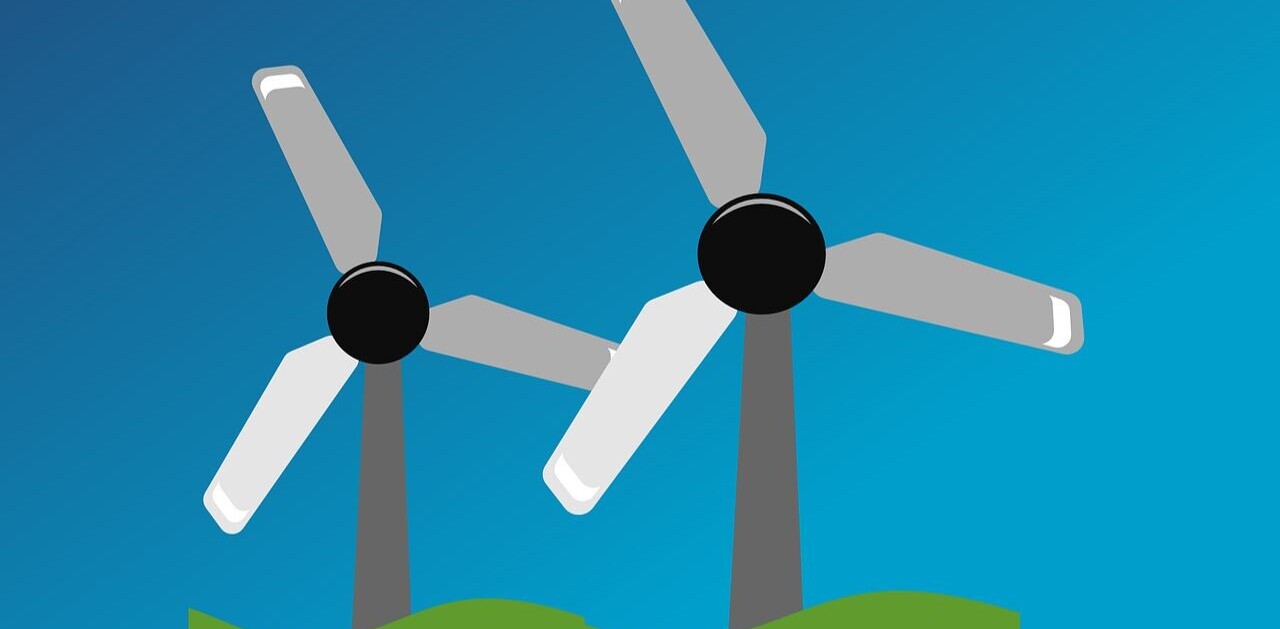
The EU Commission is extending the relaxation of state aid rules to prevent green tech firms from relocating abroad and enable the bloc’s transition to a net-zero economy.
The rules around national subsidies had already been amended in 2022 as a response to Russia’s war on Ukraine, seeking to enable member states to more easily finance struggling companies and energy production in Europe.
Now, rising concerns about an escalating global subsidy race have pushed the EU to further prolong this temporary crisis framework — and even expand its scope to include support to domestic clean tech companies fighting climate change.
The move seems to be heavily influenced by the US’ Inflation Reduction Act (IRA), which offers $369 billion in subsidies for green technologies “made in America.” This has triggered fears that EU companies will be tempted to relocate their business to the US.
To avoid a potentially catastrophic blow to the bloc’s long-term competitiveness in the green tech industry, the Commission has adapted the state aid rules to streamline the approval of subsidies for companies that accelerate the rollout of renewable energy, energy storage, and the decarbonisation of industrial production processes.
The EU has targeted six main sectors: batteries, solar panels, wind turbines, heat-pumps, electrolysers, and carbon capture usage and storage. This also includes production of key components as well as the manufacturing and recycling of related critical raw materials.
“The framework gives member states the option to offer aid in a fast, clear, and predictable way.
The amended rules will provide member states with more flexibility to inject public funds, allowing for higher aid ceilings and simplified aid calculations.
SMEs and companies located in disadvantaged regions are eligible for higher support, while EU nations can also access larger funds if the aid is provided via tax advantages, loans, or guarantees.
To prevent cases in which the risk of relocation is high, countries will have a “matching aid” option. That is, to match the subsidies offered by a non-EU government and keep the company within the union’sborders. Alternatively, member states will be able to cover the funding gap the company expects to have.
“Our rules protect the level playing field in the single market.
To ensure that these options don’t provoke unfair competition in the bloc, the Commission has put three safeguards in place:
- The aid can be granted to companies in less developed areas, or to projects located in at least three member states.
- Eligible companies need to use state-of-the-art production technology from an environmental emissions perspective.
- The aid cannot trigger relocation of investments between member states.
EU countries can make use of the new rules until 31 December, 2025, but disbursements could continue afterwards as well.
“The framework that we have adopted today gives member states the option to give state aid in a fast, clear, and predictable way,” Margrethe Vestager, Executive VP in charge of competition policy, said in a statement.
“Our rules enable member states to accelerate net-zero investments at this critical moment, while protecting the level playing field in the single market and cohesion objectives. The new rules are proportionate, targeted, and temporary.”
Get the TNW newsletter
Get the most important tech news in your inbox each week.




